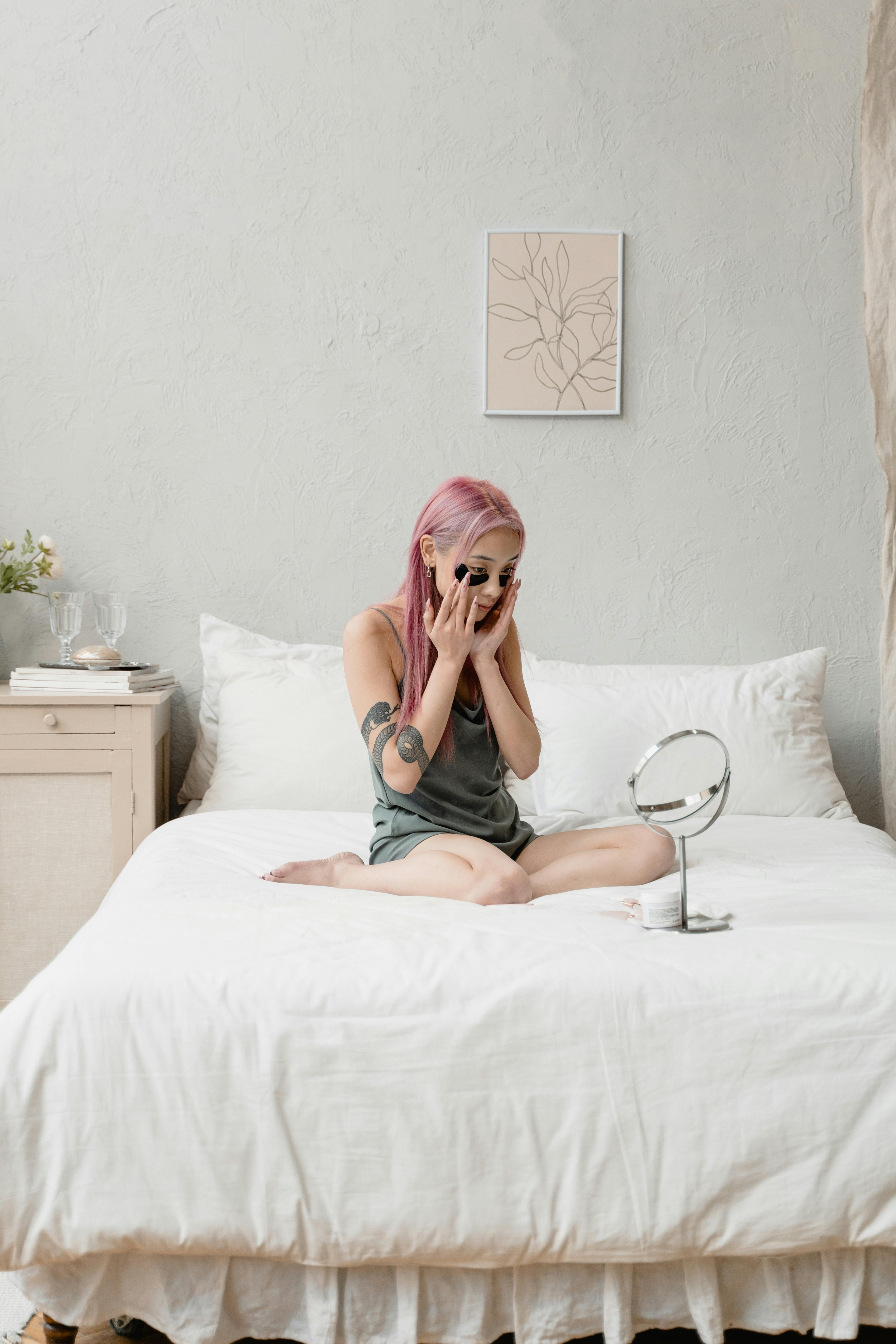Crafting the Perfect Freelance Makeup Resume
A standout freelance makeup resume can open the door to a thriving beauty career. In today’s competitive market, makeup artists need more than talent—they need a professional profile that communicates expertise and versatility. This guide will walk you through everything you need to create a resume that resonates with clients and agencies alike.

Understanding the Fundamentals
A freelance makeup resume is more than a list of past jobs—it’s a curated snapshot of your skills, experience, and personality. The goal is to reflect your unique artistry while showcasing professional reliability.
Historically, portfolios were physical binders of photographs and tear sheets. Today, a digital resume is just as important, often serving as the first impression for potential clients or collaborators.
1.1 Core Purpose of a Freelance Makeup Resume
Your resume should present your specialization, such as bridal makeup, editorial shoots, or film work. A well-structured resume boosts your chances of being selected for top-tier gigs.
For example, a recent survey by CareerBuilder revealed that resumes with clear formatting and measurable achievements were 60% more likely to result in interviews.
1.2 Key Elements to Include
Unlike traditional resumes, a freelance makeup resume should highlight:
- Professional Summary: A 2-3 sentence pitch showcasing your style and niche.
- Core Skills: Product knowledge, skin tone matching, airbrush techniques, etc.
- Experience: Past clients, agencies, and production companies.
- Portfolio Links: Include a URL to your website or Instagram.
- Certifications: Any training or licenses relevant to beauty and hygiene.
These components make your freelance makeup resume both comprehensive and visually appealing.
Practical Implementation Guide
Now that you understand the structure, let’s talk about building your freelance makeup resume from scratch. This section outlines practical steps to bring your resume to life.

2.1 Actionable Steps
- Gather Your Materials: Compile work samples, references, and certificates.
- Choose a Clean Layout: Use a modern template that includes visual space for branding.
- Write a Summary Statement: Highlight your freelance experience and areas of expertise in makeup artistry.
- List Experience Chronologically: Start with the most recent, include freelance gigs, fashion shows, weddings, and productions.
- Add Education & Certifications: Note any cosmetology school or specialized makeup training.
2.2 Overcoming Challenges
Common challenges include lack of formal education, gaps in client work, or limited professional photography. To overcome these:
- Problem: No formal training? Solution: Highlight hands-on experience and self-taught skills.
- Problem: Sparse portfolio? Solution: Offer free sessions to build up your visual body of work.
- Problem: Inconsistent gigs? Solution: Emphasize project impact over duration.
Always update your resume quarterly and tailor it to each type of client you’re targeting, whether it’s a bride or a fashion editor.
Advanced Applications
Once your basic freelance makeup resume is polished, advanced strategies can help you stand out even further. These include dynamic portfolio integration and niche-specific customization.

3.1 Dynamic Digital Portfolios
Embedding QR codes into your resume that link to a professional portfolio or video demo can dramatically increase engagement. One case study showed that applicants with portfolio QR codes had a 40% higher callback rate.
Platforms like Behance, Instagram, or personal websites allow you to showcase transformations, behind-the-scenes content, and client testimonials.
3.2 Tailoring for Specific Roles
Adapt your resume depending on the audience. A resume aimed at a bridal agency should highlight emotional intelligence, punctuality, and product knowledge in long-wear makeup.
By contrast, a resume for a fashion house should stress trend knowledge, collaboration with stylists, and high-pressure environment experience.
Future Outlook
The freelance beauty industry is expected to grow significantly, with makeup artists increasingly seen as essential members of creative teams. Technologies like AR makeup trials and AI portfolio analysis are on the horizon.
To stay relevant, keep updating your freelance makeup resume with new skills like digital branding, video tutorials, and product collaborations.
Conclusion
In summary, a strong freelance makeup resume includes a compelling summary, skills list, curated experience, and a dynamic portfolio. It’s your gateway to a steady stream of clients and creative collaborations.
Ready to elevate your beauty career? Start refining your resume today and book your next gig with confidence. Consider keeping a calendar to track resume updates and client feedback.
Frequently Asked Questions
- Q: What should be included in a freelance makeup resume? A professional summary, skills, experience, certifications, and a portfolio link.
- Q: How do I get started if I have no clients? Offer free or discounted sessions to build your portfolio and gain testimonials.
- Q: How long does it take to create a strong resume? Expect to spend 1-2 weeks gathering content, designing layout, and refining the draft.
- Q: Is it expensive to create a makeup resume? Not necessarily. Many free templates and platforms like Canva offer great starting points.
- Q: How does a freelance makeup resume compare to a traditional job resume? It focuses more on visuals, portfolio work, and client-based results rather than formal employment.
- Q: Is it hard to write if I’m not tech-savvy? Not at all—user-friendly tools like Canva and Google Docs make resume creation easy.
- Q: How should a makeup resume differ for fashion versus bridal work? Emphasize trend knowledge for fashion; highlight customer service and long-wear techniques for bridal clients.
